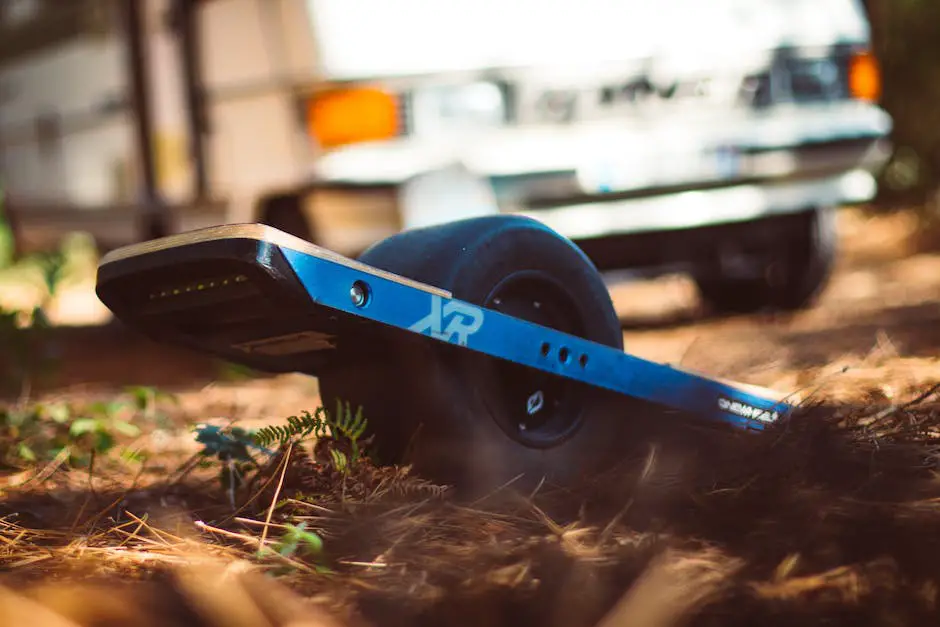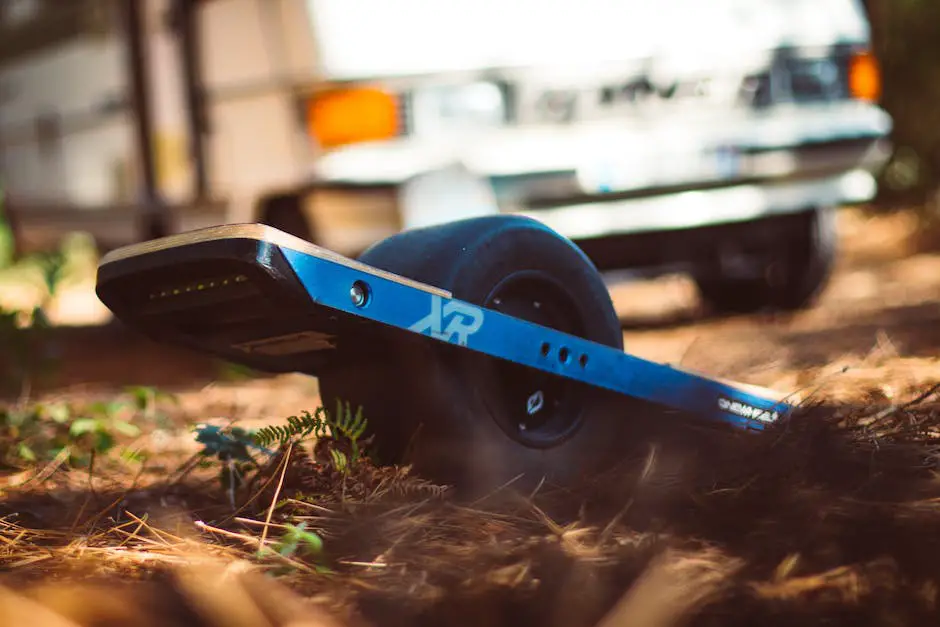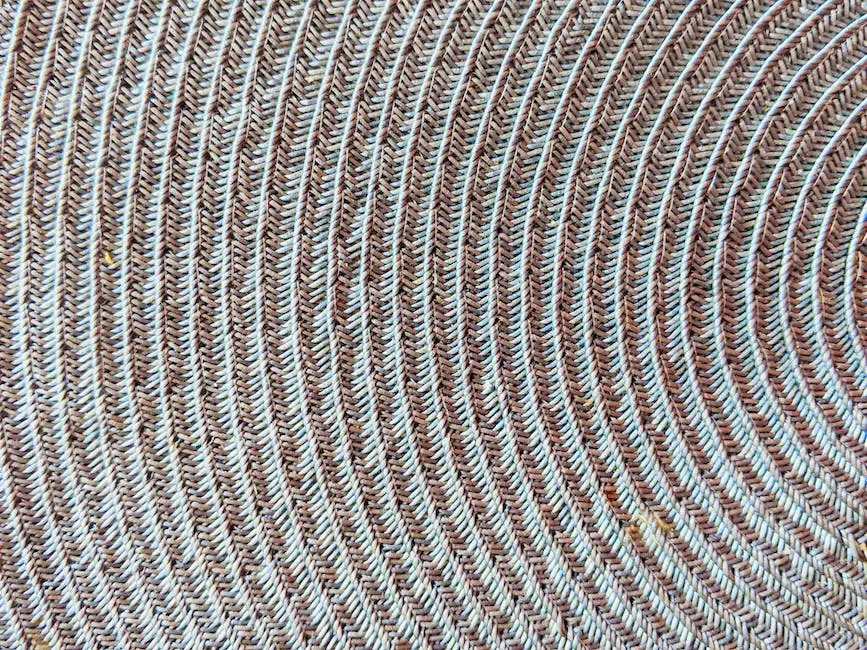In the exhilarating world of electric skateboarding, the foundation of a superior ride lies beneath the rider’s feet. The skateboard deck plays a crucial role in determining the ride quality and longevity of the board. Materials constituting the deck contribute to its durability, flexibility and robustness – thus, directly influencing the performance and lifespan of the electric skateboard. Whether it’s conventional maple wood, novel bamboo, or the tech-savvy carbon fiber, each deck material boasts distinctive attributes that appeal to diverse rider preferences.
Maple Decks
From neighborhood lanes to mountain trails, skating enthusiasts have found a reliable companion in electric skateboards. Among the array of available deck materials in electric skateboard production, a standout preference seems to be maple. The question on many lips though, is, why are maple decks so loved and accepted by e-skateboard enthusiasts?
Many angles contribute to maple’s popularity, from its strength and durability to its excellent physical characteristics. Why not delve in and discover why maple decks are the crown jewel of electric skateboarding?
No Substitute for Strength and Durability: Ask any seasoned skateboarder about maple, and the first thing they will likely mention is how long-lasting and sturdy it is. Maple, particularly Canadian maple, is renowned for its high strength-to-weight ratio. It takes the brunt of your rides, resists strains and breakage, and still stands the test of time—making it a top choice for e-skateboard decks.
Superb Flexibility: Electric skateboard riders need a deck that won’t snap under pressure, but also one that will bend when necessary. Maple decks masterfully strike this balance, offering flexibility without compromising strength. This ensures a smooth ride and allows skateboarders to maneuver easily.
Ideal Weight: Ensuring the skateboard’s nimbleness and control is of utmost importance. This is yet another arena where maple comes out on top. With the right weight balance, maple provides stability and ease of control to the rider—facilitating movement without being overly heavy.
Beautiful Aesthetics: Let’s not forget how good maple decks look. The wood’s naturally fine grain and warm tones offer a beautiful, organic aesthetic that many riders love. Plus, this wood takes well to polish, paints, and varnishes—allowing for numerous customization options.
Responsive Ride: The quality of the ride is crucial. Maple, being known for its vibration-damping capacity, provides a smoother, less bumpy ride. Translation? Skateboarding becomes less of a jolting journey and more of a seamless glide.
Affordability: Last but not least, maple’s prevalence in North America makes it one of the more affordable options, without skimping on quality. This means you can enjoy all of maple’s benefits without breaking the bank.
In conclusion, the love for maple decks among electric skateboard enthusiasts stems from multiple factors, such as durability, flexibility, weight, aesthetics, ride quality, and affordability—making maple decks an unbeatable asset in their thrilling pursuit of skating.

Bamboo Decks
The world of electric skateboarding has seen a significant shift in deck material preferences. You may have noticed the growing popularity of bamboo decks, particularly among the riders who prioritize a balance between flex and strength. Derived from the fast-growing, sustainable bamboo plant, these decks possess characteristics that make them uniquely suited for electric skateboarding.
Bamboo decks strike an exceptional balance of strength, the ability to handle weight and resist breaking, and flex, which is about the deck’s capability to bend without snapping. While the strength provides the necessary durability for the fast-paced world of electric skateboarding, the flex ensures rider comfort and board performance. Here’s how these wonders of nature achieve this middle ground.
Bamboo is a decidedly robust material. Yet, it differs from typical woods like maple in that it possesses a certain degree of natural flexibility, thereby offering a novel combination of rigidity and bendability. This inherent strength of bamboo, even when fashioned into thin layers for a deck, leaves no room to question its undoubtedly high load-bearing capacity.
What’s more, the cross-grain orientation during the manufacturing process of a bamboo deck further enhances this strength. As the sheets of bamboo are layered crosswise upon each other, the resulting deck becomes capable of withstanding not only the rider’s weight but also the everyday scrapes and impacts of electric skateboarding.
While strength is undeniably important, let’s not forget the value of flex. Ever experienced the fun of carving a sidewalk or pumping to increase speed? That’s where the inherent flexibility of a bamboo deck steals the show. Its ability to subtly bend and bounce back adds a lively, responsive feel, unlike the rigidity of regular wooden decks.
In terms of shock absorption, bamboo excels too. As a skateboard rider, you would no doubt appreciate a smoother ride over rugged terrain. Bamboo decks possess a certain springiness which has the propensity to minimize harsh vibrations. This results in a more comfortable ride even on unfriendly grounds.
With respect to aesthetics, bamboo decks hold their own. The use of bamboo often imparts a clean, tropical look to the board. Combined with some imaginative deck designs and graphics, this can really set your electric skateboard apart from the majority.
Although.bamboo decks do tend to be slightly pricier than their maple counterparts, many agree that the enhanced ride experience is worth the additional investment. The durability, superior performance on rough terrains, and the eco-friendly nature of bamboo contribute to their growing appeal among riders around the world, making them a worthy contender in the quest for the perfect electric skateboard deck.

Carbon Fiber Decks
Pivoting away from maple and bamboo decks, it’s time to explore the more premium material found on the higher-end of electric skateboarding – carbon fiber. The advent of carbon fiber decks has taken the ride experience to new heights, offering a culmination of physical properties that are hard to beat.
1. Lightweight but Potent
Carbon fiber packs a punch in its performance while staying light as a feather. Carbon fiber decks are significantly lighter than their maple and bamboo counterparts, but do not compromise on strength. That’s why it is used predominantly in aerospace and motorsports. It’s this very lightness that makes electric skateboards equipped with carbon fiber decks extremely nimble and fast.
2. Unprecedented Rigidity
One immediate difference any rider would notice with a carbon fiber deck is the rigidity. These decks are extremely stiff, providing an unyielding platform. The rigidity of carbon fiber decks adds to the stability at high speeds, making them an excellent choice for speed enthusiasts.
3. Aesthetic Brilliance
From an aesthetic standpoint, there’s something visually captivating about carbon fiber that sets it apart. The woven pattern shines under the sun, losing none of that sleek allure even with frequent use.
4. Incomparable Durability
Say goodbye to wear and tear. Carbon fiber is highly resistant to weather conditions, so come rain or shine, your riding experience remains unchanged. Even with repeated use, a carbon fiber deck maintains its structure and properties, offering an astounding lifespan.
5. Vibration Damping:
One lesser-known aspect of a carbon fiber deck is the vibration-damping property. Compared to wooden decks, carbon fiber offers a much smoother ride over uneven surfaces or high-speed rides. This damping property enhances the comfort and ride experience for the electric skateboarder.
6. Premium Price Tag:
The catch with these wonderful properties of carbon fiber decks is the cost. Carbon fiber is a high-end material with a price tag to match, placing it at the top tier of electric skateboarding. But many believe the investment is justifiable, considering the superior ride experience, enhanced performance, and remarkable durability.
The choice of deck material is subjective, depending on your ride preference, budget, and terrain. But there’s no denying that carbon fiber decks have found a niche in the high-end electric skateboarding bracket, thanks to their extraordinary performance and durability bundled in a lightweight, aesthetically pleasing package.

The realm of electric skateboard decks is evolving, driven by continual innovation and enhanced understanding of rider demands. Optimal deck material enables a seamless traversal on various terrains, withstands tough conditions, and offers a perfect balance between flex and sturdiness. From the classic maple to the flexible bamboo, and the robust carbon fiber – each has its unique charm and functionality that cater to various riding styles and environment. Understanding the nuances of these deck materials empowers hobbyists and enthusiasts to make an informed choice, enhancing their electric skateboarding experience. Hence, the pursuit of the perfect deck continues to intrigue and inspire the electric skateboarding community.

